Say Hello to My Little Friend!
.jpg) The legendary actor, Al Pacino has remained one of Hollywood's premier actors throughout his lengthy career, a popular and critical favorite whose list of credits includes many of the finest movies of his era. Pacino was born on April 25, 1940, in East Harlem, New York. Raised in the Bronx, Pacino attended the legendary High School for Performing Arts, but dropped out at the age of 17. He spent the next several years drifting from one job to another, continuing to study acting and occasionally appearing in off-off-Broadway productions. In 1966, Pacino was accepted to train at the Actors' Studio, and after working with James Earl Jones in The Peace Creeps, he starred as a brutal street youth in the off-Broadway social drama "The Indian Wants the Bronx", earning an Obie Award as Best Actor for the 1967-1968 theatrical season. A year later, he made his Broadway debut in "Does the Tiger Wear a Necktie?" Although the play itself closed after less than 40 performances, Pacino was universally praised for his potent & charismatic portrayal of a sociopathic drug addict, and he won a "Tony Award" for this performance.
The legendary actor, Al Pacino has remained one of Hollywood's premier actors throughout his lengthy career, a popular and critical favorite whose list of credits includes many of the finest movies of his era. Pacino was born on April 25, 1940, in East Harlem, New York. Raised in the Bronx, Pacino attended the legendary High School for Performing Arts, but dropped out at the age of 17. He spent the next several years drifting from one job to another, continuing to study acting and occasionally appearing in off-off-Broadway productions. In 1966, Pacino was accepted to train at the Actors' Studio, and after working with James Earl Jones in The Peace Creeps, he starred as a brutal street youth in the off-Broadway social drama "The Indian Wants the Bronx", earning an Obie Award as Best Actor for the 1967-1968 theatrical season. A year later, he made his Broadway debut in "Does the Tiger Wear a Necktie?" Although the play itself closed after less than 40 performances, Pacino was universally praised for his potent & charismatic portrayal of a sociopathic drug addict, and he won a "Tony Award" for this performance.
Al Pacino made his film debut in the 1969 flop "Me, Natalie". After making his theatrical directorial debut with 1970's Rats, he returned to the screen a year later in "Panic in Needle Park", again appearing as a junkie. (To prepare for the role, he and co-star Kitty Winn conducted extensive research in known drug-dealer haunts as well as methadone clinics.) Despite the film not being a hit, Pacino still earned critical raves. Next came Francis Ford Coppola's 1972 Mafia epic "The Godfather". As Michael Corleone, the son of an infamous crime lord reluctantly thrust into the family business, Pacino shot to stardom, earning a Best Supporting Actor Oscar nomination for his soulful performance. While the follow-up, 1973's Scarecrow, was received far less warmly, the police drama Serpico was a smash, as was 1974's The Godfather Part II for which he earned his third Academy Award nomination. The 1975 fact-based "Dog Day Afternoon", in which Pacino starred as a robber attempting to stick up a bank in order to finance his gay lover's sex-change operation, was yet another staggering success.
The 1977 auto-racing drama "Bobby Deerfield", on the other hand, was a disaster. Pacino then retreated to Broadway, winning a second Tony for his performance in the title role in The Basic Training of Pavlo Hummel. Upon returning to Hollywood, he starred in "And Justice for All", which did not appease reviewers but restored him to moviegoers' good graces. Pacino next starred in William Friedkin's controversial Cruising, portraying a New York City cop on the trail of a serial killer targeting homosexuals; it was not a hit, nor was the 1982 comedy Author! Author! Brian DePalma's violent 1983 remake of Scarface followed; while moderately successful during its initial release, the movie later became a major cult favorite. Still, its lukewarm initial reception further tarnished Pacino's star. However, no one was fully prepared for the fate which befell 1985's historical epic Revolution; made for over 28 million dollars, the film grossed not even one million dollarsa at the box office. Pacino subsequently vanished from the public eye, directing his own film, The Local Stigmatic, which outside of a handful of 1990 showings at the Museum of Modern Art was never screened publicly. While his name was attached to a number of projects during this time period, none came to fruition, and he disappeared from cinema for over four years.
Finally, in 1989, Pacino returned with the stylish thriller "Sea of Love"; the picture was a hit, and suddenly he was a star all over again. A virtually unrecognizable turn as a garish gangster in 1990's Dick Tracy earned him a sixth Oscar nomination, but The Godfather Part III was not the financial blockbuster many anticipated it to be. The 1991 romantic comedy "Frankie and Johnny" was a success, however, and a year later Pacino starred in the highly regarded Glengarry Glen Ross as well as Scent of a Woman, at last earning an Oscar for his performance in the latter film. He reunited with DePalma for 1993's stylish crime drama Carlito's Way, to which he'd first been slated to star in several years prior. Remaining in the underworld, he starred as a cop opposite master thief Robert De Niro in 1995's superb Heat, written and directed by Michael Mann. Pacino next starred in the 1996 political drama City Hall, but earned more notice that year for writing, directing, producing, and starring in Looking for Richard, a documentary exploration of Shakespeare's Richard III shot with an all-star cast. In 1997, he appeared with two of Hollywood's most notable young stars, first shooting Donnie Brasco opposite Johnny Depp, and then acting alongside Keanu Reeves in The Devil's Advocate. Following roles in The Insider and Any Given Sunday two-years later, Pacino would appear in the film version of the stage play Chinese Coffee (2000) before a two-year perios in which the actor was curiously absent from the screen. Any speculation as to the workhorse actor's slowing down was put to rest when in 2002 Pacino returned with the quadruple-threat of Insomnia, Simone, People I Know and The Farm. With roles ranging from that of a troubled detective investigating a murder in a land of eternal sunlight to a film producer who sucessfully establishes the worlds first virtual actress, Pacino proved to filmgoers that he was as versitile, energetic and adventurous an actor as ever.



















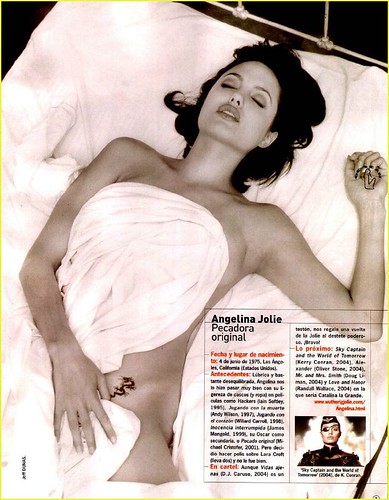
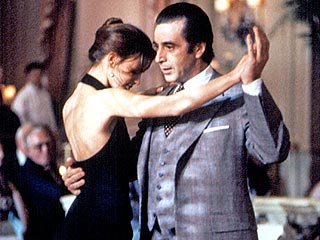

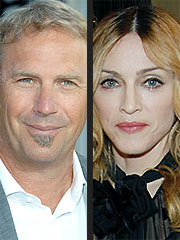


 Actress Angelina Jolie struggles to spend quality time alone with boyfriend Brad Pitt because they're so busy running around after their four children.
Actress Angelina Jolie struggles to spend quality time alone with boyfriend Brad Pitt because they're so busy running around after their four children.
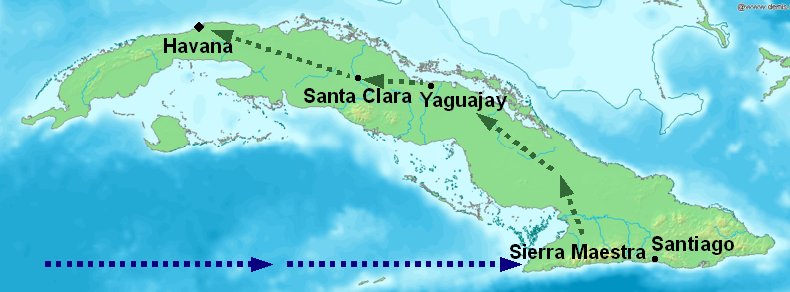




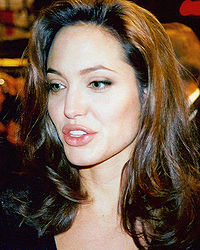 Angelina Jolie (born
Angelina Jolie (born 













